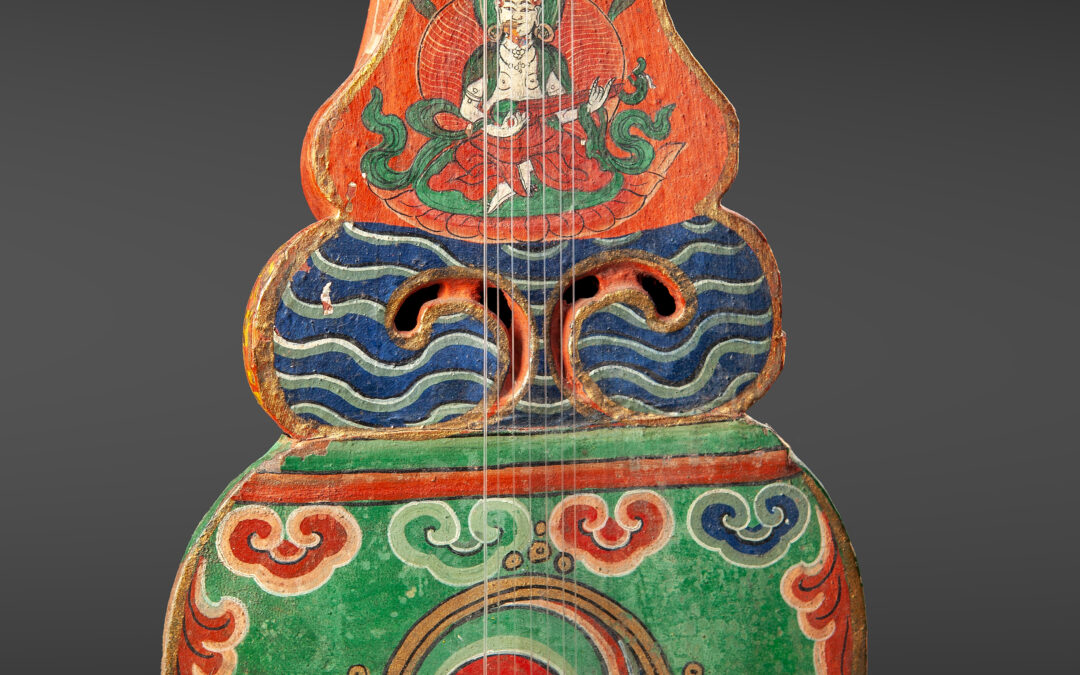
by mreichstadt | Nov 26, 2023 | Extra-européens-en
DRAMNYEN Bouthan, 20th century. The dramnyen, which has become the identity instrument of the Boutahn, is an adaptation of the lutes played in the Himalayas, of which the Tibetan Sgra-Snyan is undoubtedly the most famous. Equipped with seven strings including a...
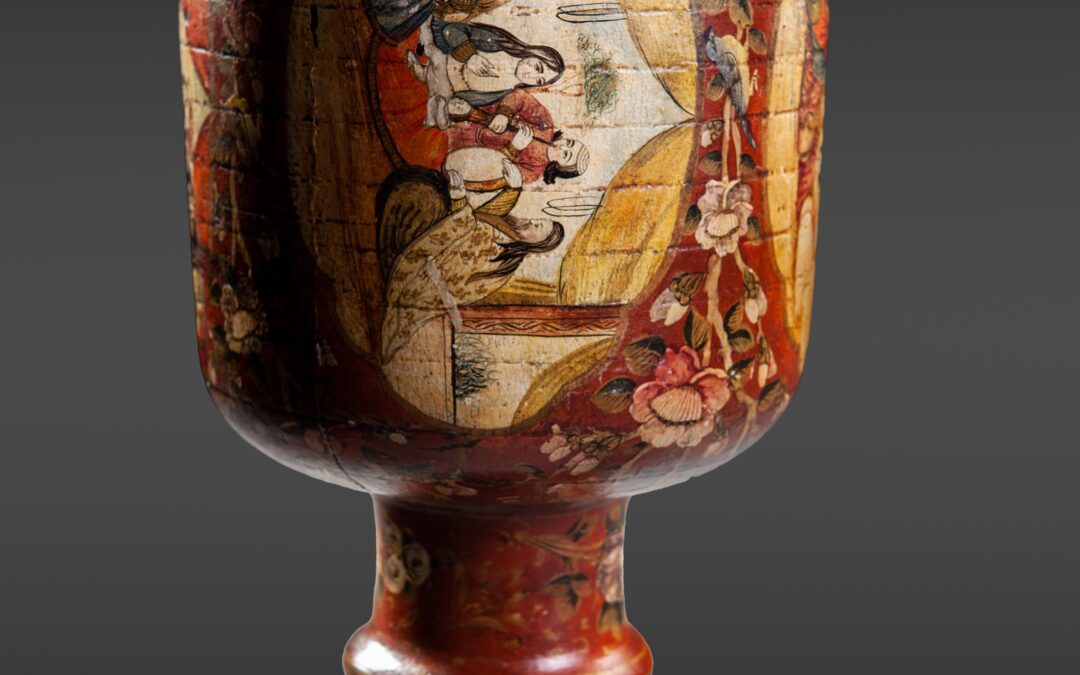
by mreichstadt | Nov 26, 2023 | Extra-européens-en
ZARB (DOMBAK) Iran, 19th century. A goblet drum, the Zarb or Dombak (Zirbaghali in Afghanistan) is cut from a block of walnut or mulberry. It has been known since the beginning of the 19th century. The model presented, with painted decoration typical of the...
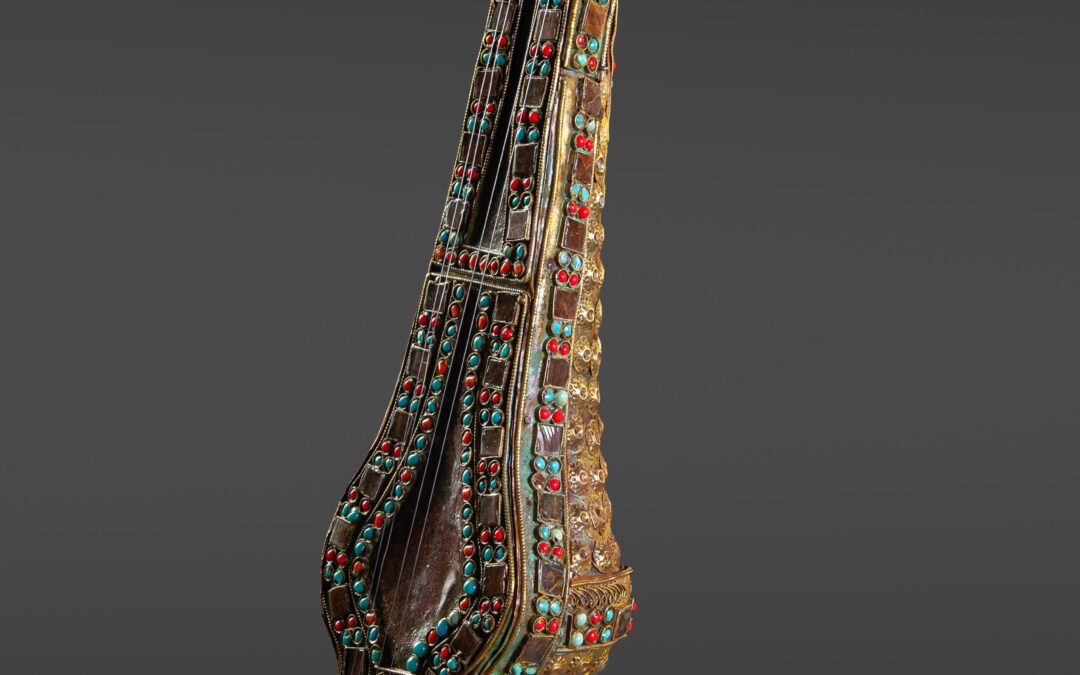
by mreichstadt | Nov 26, 2023 | Extra-européens-en
CEREMONAL LUTE, SGRA-SNYAN TIBET Little is known about this type of lute, probably linked to religious processions. The few instruments listed present varied shapes (as do the different models of sgra-snyan from the Himalayas) but with obvious similarities in...
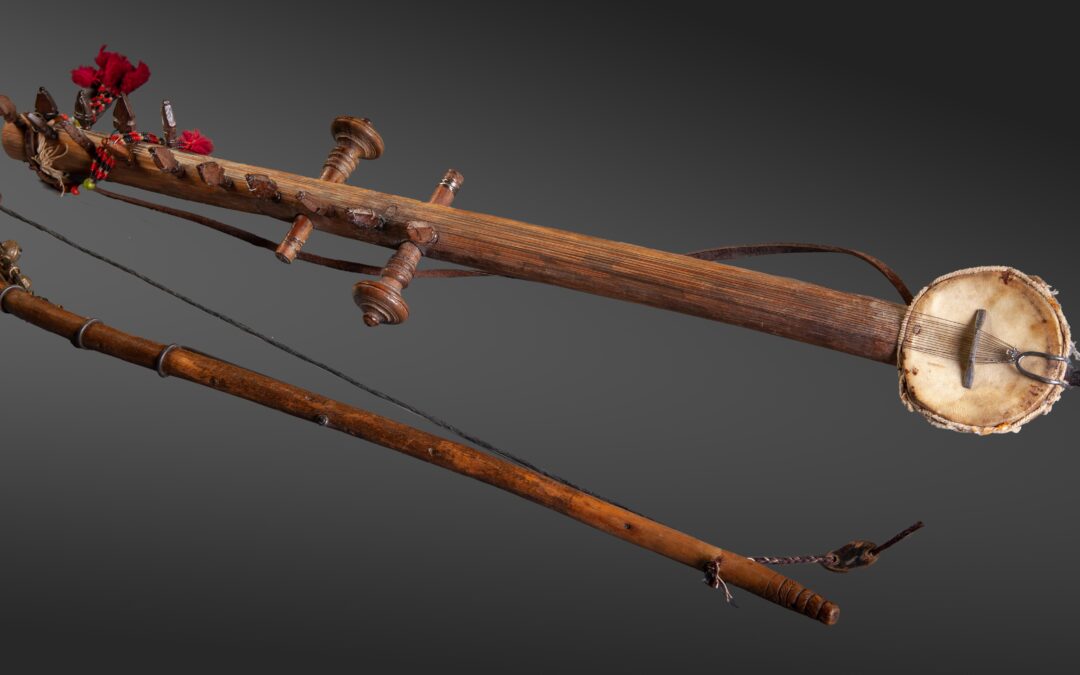
by mreichstadt | Nov 26, 2023 | Extra-européens-en
RAVANAHATHA (Ravanhattha) India 20th century. Rajasthan, Gujarat. Known and described for nearly fifteen centuries, the ravanahatha is represented in Indian mythology as the first bowed instrument, dating from 3000 years before our era… It is made up of a...
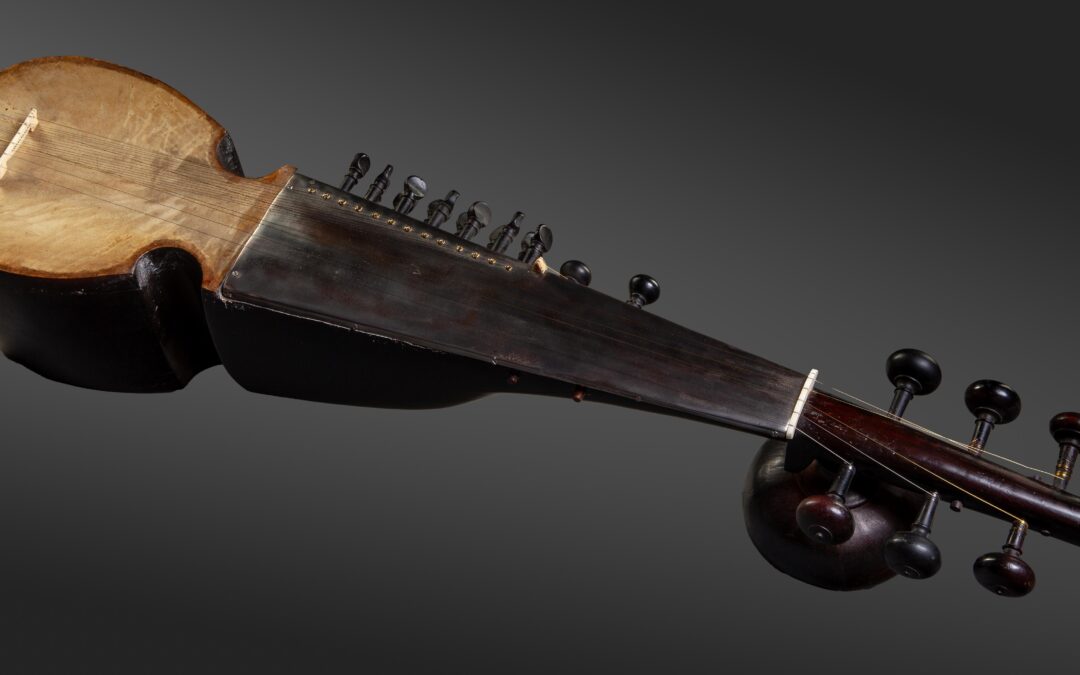
by mreichstadt | Nov 26, 2023 | Extra-européens-en
SAROD India 19th – 20th century. Directly derived from the Afghan Rabab, the sarod characterizes the dual principle of adoption and adaptation of an object (here a musical instrument), transmitted from one society to another. Brought by Pashtun immigrants...
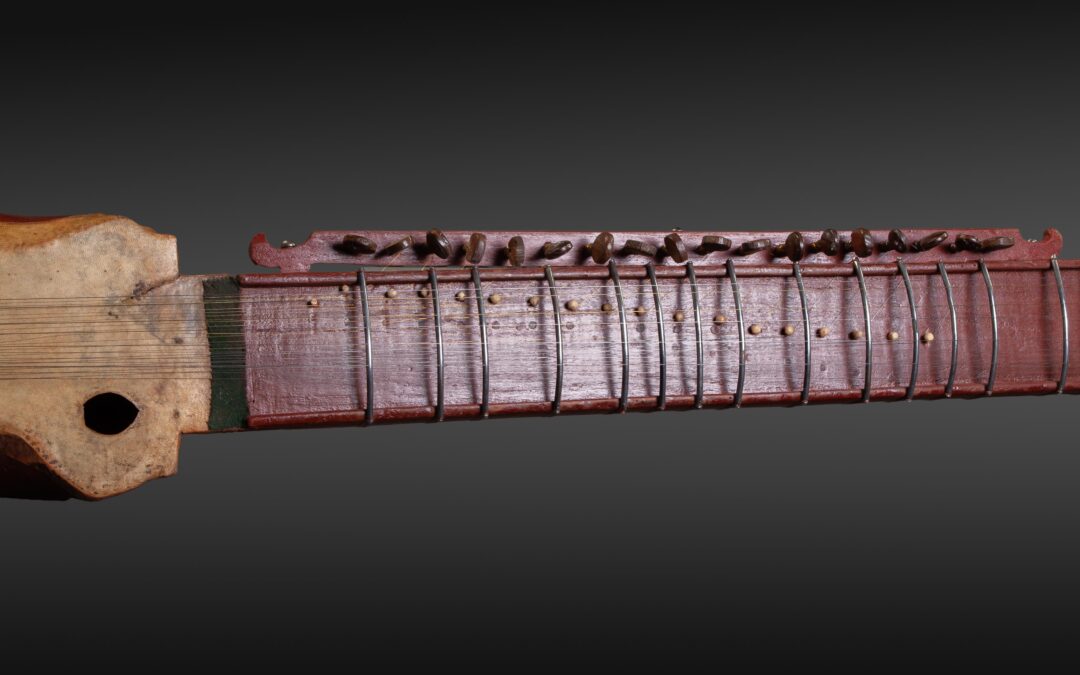
by mreichstadt | Nov 26, 2023 | Extra-européens-en
DILRUBA India 19th – 20th century. This fiddle, whose construction and playing are between the sarangi and the sitar, was described in the 19th century under the name of Kamancha, then subsequently, the name of Dilruba “which delights the heart” would...






